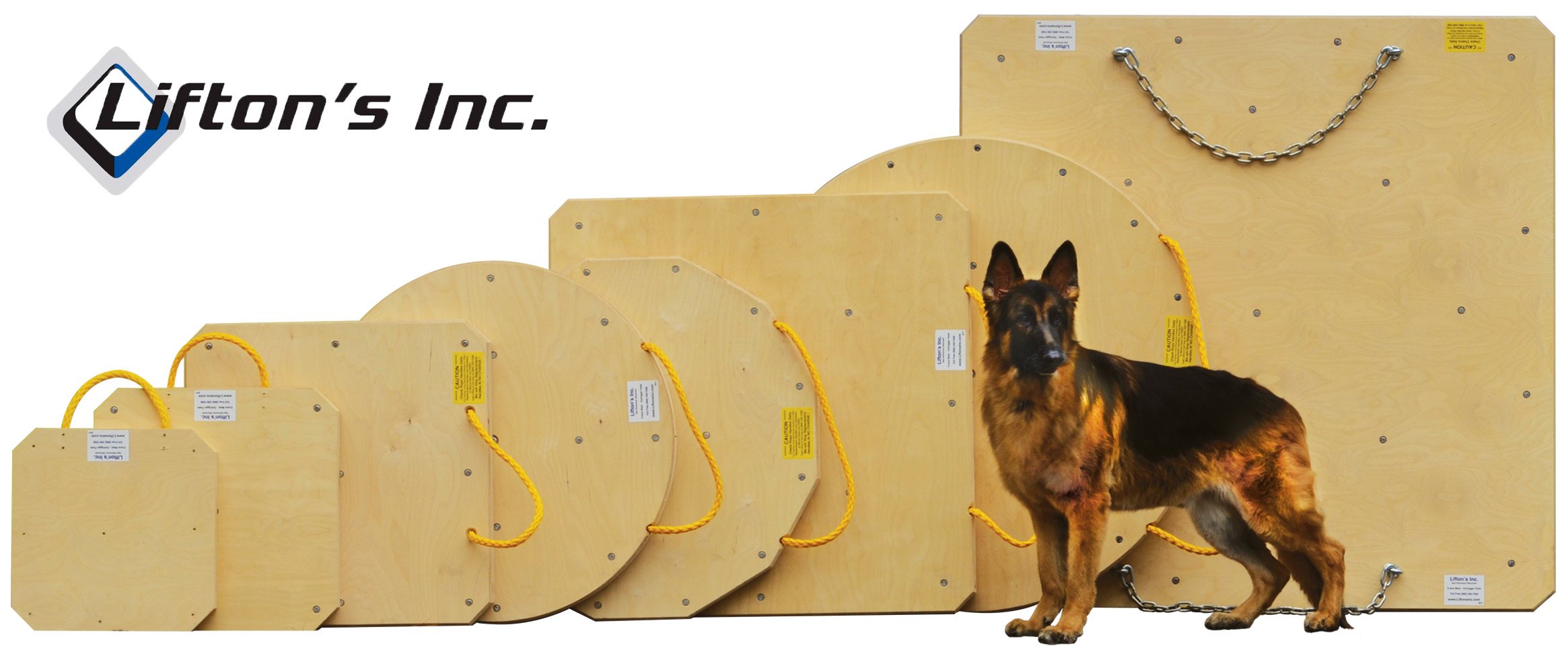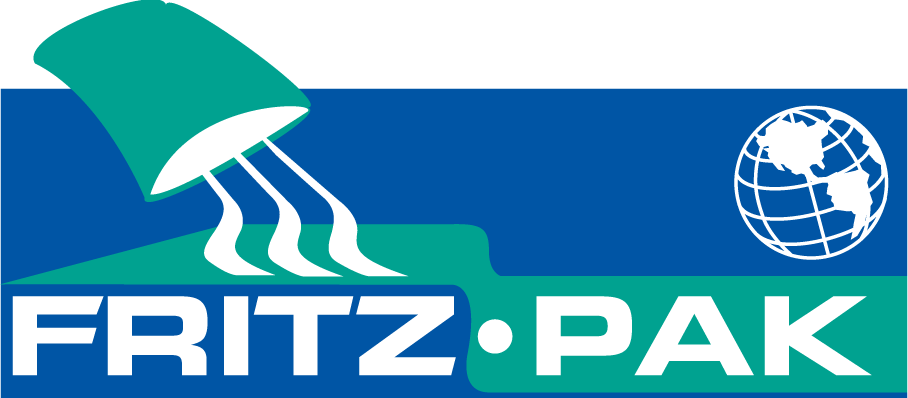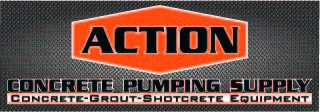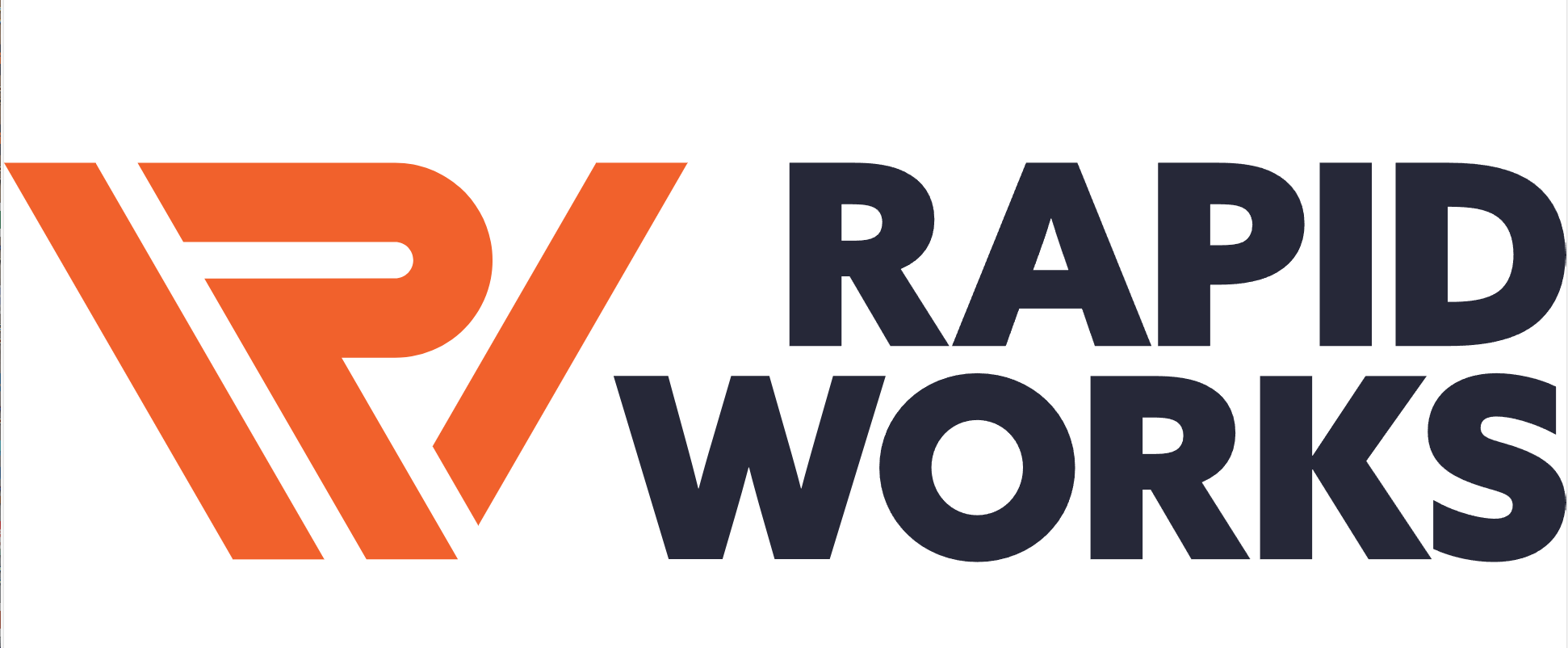Ultra Low Sulfur Diesel (ULSD) Fuel Compliance: What it Means to Our Industry 2006
When it comes to the 2007 Environmental Protection Agency (EPA) regulations and the introduction of S15 Ultra Low Sulfur Diesel (ULSD), there’s good news…and there’s not so good news. As an industry, the best we can do is arm ourselves with information and prepare for one of the most significant transitions we’ve experienced.
S15 ULSD is defined by the EPA as diesel fuel with a sulfur content not to exceed 15 parts per million (PPM), a sharp contrast to current fuels with a sulfur content of 500 PPM. With the introduction of this new fuel on October 15, 2006, the agency aims to significantly reduce the amount of Oxides of Nitrogen (NOx) and particulate matter emissions.
To achieve these emission reductions, the EPA has established a comprehensive program to regulate diesel fuel along with the production of diesel engines. All on-highway heavy-duty diesel vehicles manufactured in Calender year 2007 and later will run on S15 ULSD fuel only. These truck engines will feature high-efficiency catalytic exhaust emission control devices or comparable technology to control particulate matter (PM) or soot from diesel exhaust. The engines will also require the use of new oil, one completely reformulated to help protect engine components. Research indicates that these engines are going to increase the average concrete boom pump vehicle’s price by an average of $11,000 to $15,000 along with additional yearly maintenance costs estimated around $370.
Pre-’07 engines, present in all concrete boom pumps manufactured and sold in 2006, will also be able to run on ULSD fuel without having to use the new engine oil. The transition to ULSD for these particular models could be lengthy because several cycles of fuel deliveries will be required to purge residual sulfur remaining in both vehicle and bulk storage systems. It is recommended that fleets engage in sulfur testing as their transition progresses to assure the sulfur content is being reduced effectively.
Retailers are permitted to sell 20% of their stock at 500 PPM diesel fuel until 2010. However, fleet owners wishing to utilize the old fuel must segregate their fuel stocks and take steps to prevent the entry of 500 PPM diesel fuel into vehicles equipped with post-2006 engines. So, for the time being, there are some options – but not for long. So let’s examine what the future holds.
It is estimated that the energy content of ULSD fuel will be reduced by 1% from that of 500 PPM fuel, which may affect fuel mileage. But engine manufacturers are optimistic about the effect on fuel efficiency caused by backpressure from emission control devices. However, it is projected that ULSD fuel will cost from 35 to 40 cents more per gallon.
The chemistry of the new CJ-4 engine oil is different from any oils preceding it, providing better soot handling, wear protection, and oxidation control. The cost to the consumer for these improvements has yet to be determined. The testing phase is proving to be an extensive process at huge costs to engine oil manufacturers, which will have to be taken into account as well when determining an appropriate charge. According to most manufacturers, while CJ-4 oil is going to be more costly than today’s CI-4 and CI-4 Plus blends, prices will not double.
The most-discussed features of the new 2007 engines are known as Diesel Particulate Filter Systems (DPFs). These DPFs are estimated to weigh 110 pounds and contain a Cordierite (ceramic) honeycomb filter substrate that can be best described as fragile. The DBF will: 1) provide a variable volume of filtration and insulation and 2) supply catalytic combustion of hydrocarbons. Basically, exhaust gas flows into the open channels of the DPF and through its filter wall to exit at the other end, and soot is trapped within the channels. As several potential problems related to the device are still being discussed, it remains to be seen if this is the most efficient filtering device available to manufacturers.
One large uncertainty concerning 2007 engines and aftertreatment systems is how various engine components – fan belts, hoses, etc, will be affected by the engine heat that accompanies the use of filters. Heat loads are expected to be from 10% to 30% higher than today’s models, and testing is underway to determine what impact this will have on longevity and performance of components.
The second issue relates to the maintenance of the filter. The soot collected within the channels of the DPF must be regenerated, or “burned off” periodically. Neglecting to regenerate the soot collected within the DPF channels can be costly. This operation can be automatic or in some cases operator interaction may be required. If the operator or maintenance personnel do not initiate regeneration when alerted, the DPF clogs with soot and exhaust backpressure increases, and the engine will loose power and eventually shutdown. The ceramic element and burning soot will be contained within the DPF shell, although the DPF surface will get abnormally hot approx. 600°F and may pose a risk of igniting nearby combustible components on the equipment through radiant heating. Exhaust gas temperatures will also be higher 1100 - 1200° F requiring extra care when operating near tree branches or other combustible material. Failure to regenerate in a timely manner could also result in replacement of the DPF, estimated at $4,000.
To help operators keep running, some truck manufacturers have elected to integrate ISO symbols into control panels to communicate problems or provide maintenance reminders. Some newer models will come equipped with text messaging capabilities, alerting the operator to potential issues with filter and engine components.
One result of regenerating the DPF on a regular basis is an accumulation of residual ash within the filter. Consequently, the EPA suggests the DPF system filter be cleaned at least once every 150,000 miles. Some manufacturers, however, are estimating between 200,000 and 400,000 miles before filter clean out is necessary. The service indicator light on most truck models will alert the operator to this type of required maintenance.
DPF cleaning requires the use of a specially engineered stand-alone system that houses pneumatic flushing capabilities or compressed air to remove ash and unburned soot. Depending which method is utilized, these cleaning devices are estimated to cost anywhere from $8,000 to $50,000. Most manufacturers believe fleet managers will opt to schedule maintenance at the dealership or distributor level to have filters cleaned rather than invest in the technology.
Extremely plugged filters will require cleaning in a specially designed oven, and will require a final pneumatic flushing prior to reinstallation. This procedure will also probably be conducted at a dealer or distributor, and ash disposal will be regulated and executed at the state or local level.
The extent of their impact on the concrete pumping industry remains to be seen. However, it’s important that fleet managers arm themselves with all of the facts on the 2007 EPA regulations, take the good news with the bad, and face yet one more challenge for the good of the environment and our industry.

_1.png)









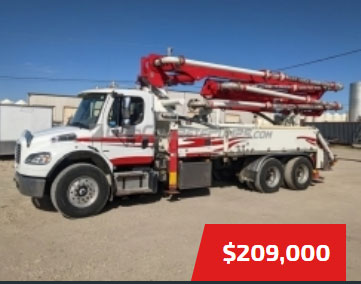


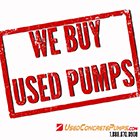

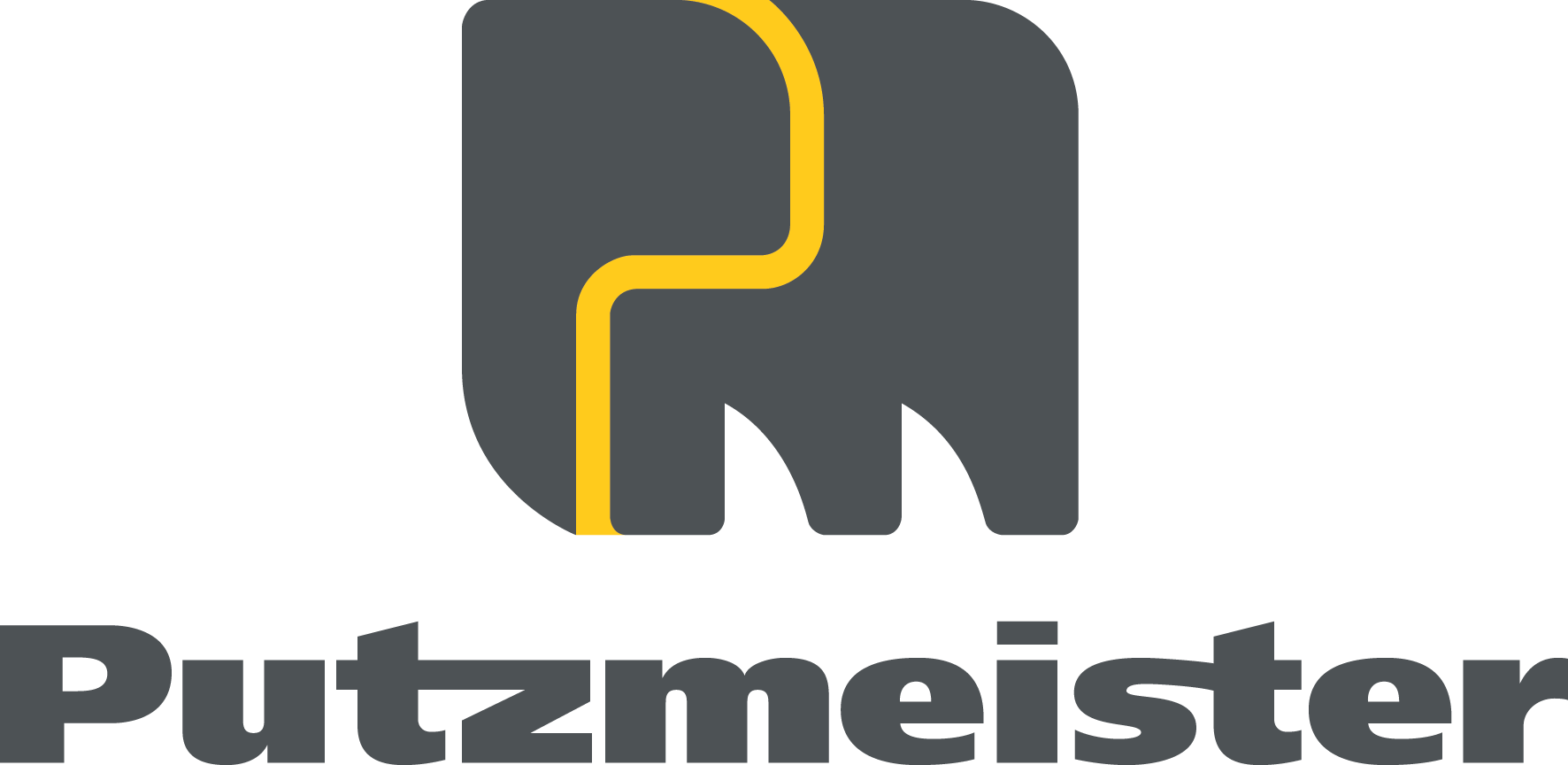



.jpg)
.gif)

.jpg)









.jpg)
